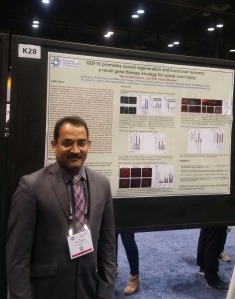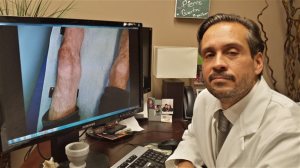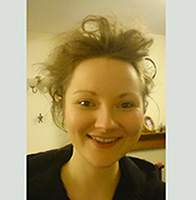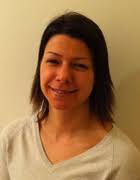I’m not going to sugar coat the Coronavirus situation. Even as I begin writing this post, the numbers continue to grow geometrically for new coronavirus cases around the world. The day started out with around 460 cases in the USA but surpassed the 500 mark earlier than some experts expected. There are currently 538 coronavirus cases and 22 deaths in 32 states. Worldwide, the case count is 109,936. For those wanting to track the numbers worldwide, a good site to do that is https://www.worldometers.info/coronavirus/
For a dashboard glimpse from John Hopkins, https://www.arcgis.com/apps/opsdashboard/index.html#/bda7594740fd40299423467b48e9ecf6
It’s important to be prepared for the well being of yourselves and family members. The spread of this virus will not slow anytime soon, it will not miraculously disappear in warm weather. Depending on your location (I currently have readers in over 100 countries) the government response seems to be getting somewhat better. Most countries were not prepared for the speed or intensity of the COVID-19 outbreak so the measures have been slow and ineffective in stopping the rapid spread.
With the sheer numbers climbing at such a fast pace, the local health organizations, hospitals and clinics and will be pushed beyond their capabilities. The infrastructures were simply not in place. Test kits are very slowly making their way out (75,000 instead of the projected 1,000,000). There remains a shortage of equipment and supplies. There are simply not enough hospital beds for the cases that will be coming up and there are nursing shortages because of them also becoming ill. There will be no vaccine for another year or 18 months.
Be sure to stock up on several weeks of supplies. Much of your needs can be found and ordered online until the supply lines adjust.
World Health Organization LINK
Nurse Linda at the Christopher Reeve Foundation wrote a great piece about SCI, flu and coronavirus a few days ago. https://www.christopherreeve.org/blog/life-after-paralysis/the-flu
This was a good post today at CareCure by SCI Nurse (KLD)
“I don’t think we really know much about SCI/D and coronavirus yet, but what we do know is that people with SCI do have somewhat depressed immune systems to start with, and those with higher injuries who have less ability to cough and clear secretions are much more vulnerable to pneumonia, and also to ARDS, which can result from pneumonia.
Unfortunately, neither flu shots nor pneumonia immunizations provide any protection from the coronavirus. The pneumonia immunization does not prevent pneumonia from viruses (like the flu, or coronaviruses), but only from a number of bacterial causes of pneumonia.
Keep in mind that pneumonia is not caused by an specific infectious agent, but is actually a complication of a respiratory infection from either bacteria or viruses, which is much more likely to occur in those who are immuno-suppressed or have a decreased ability to cough up secretions.
At this time, the best prevention is to avoid being around people who could have been exposed to the coronavirus:
This may mean avoiding large crowded spaces, such as theaters, concert halls, cruise ships, airports, etc.
Be sure that your caregivers, if any, do not come to work with any signs or symptoms of respiratory infection (either the flu, bad cold, or cough or fever).
Have a back-up plan for care so you are not forced to have them come to work when sick.
Be sure family members and caregivers know how to properly sneeze and cough, and be meticulous about hand hygiene.
Washing hands properly with soap and water for at least 20 seconds is fine…reserve the use of hand sanitizer for places where there is no access to hand washing facilities and it should have 60% alcohol.
Maintain at least 5 feet distance from anyone you see in public who is coughing or sneezing.
Do not shake hands with anyone, and avoid hugging as well.
People with upper respiratory infections should wear masks. There is little evidence that wearing ordinary surgical masks (anything other than an N95 mask) will do anything for prevention of acquiring an infection, other than to keep you from touching your face, mouth, nose, or eyes with dirty hands.”
(KLD)





